As the popular saying goes, “Go to Shanghai if you want to appreciate the history of China in the past 100 years; to see China of 1000 years ago, head to Beijing; for 5000 years of history, make a trip to Xi’an, the cradle of Chinese civilization.”
Now the capital of Shaanxi province, Xi’an was historically known as Chang’an, the capital for 13 imperial dynasties and the start of Silk Road connecting Asia with Europe.
I always wanted to see the Terracotta Army. Tigerair recently launched the only direct flight from Singapore to Xi’an and we were invited to visit the exotic destination with Tigerair. Hurrah! Another world wonder ticked off the list!
Museum of Qin Terracotta Warriors and Horses
It takes about one and half hour drive from Xi’an city (depending on traffic) to the Museum of Qin Terracotta Warriors and Horses, a massive archeological excavation site where work is still ongoing. An estimation of 8,000 Terracotta Warriors, along with horses, cavalry and chariots, are found at the site; only 2,000 Terracotta Warriors have been unearthed for restoration. They were originally painted with colours but turned oxidized grey.
The region is home to the necropolis of Emperor Qin Shi Huang and the Terracotta Army was buried with Emperor Qin to protect the tomb and defend him in the afterlife. Each life-sized warrior has unique facial features. This shows that Emperor Qin unified China and his army consisted of warriors from all over the country.
Three Terracotta Warriors Pits are open to public: Pit 1, Pit 2 and Pit 3.
Pit 1 contains the main Terracotta Army of charioteers and infantrymen displayed in a formation seemingly getting ready for battle to defend the powerful Emperor Qin.
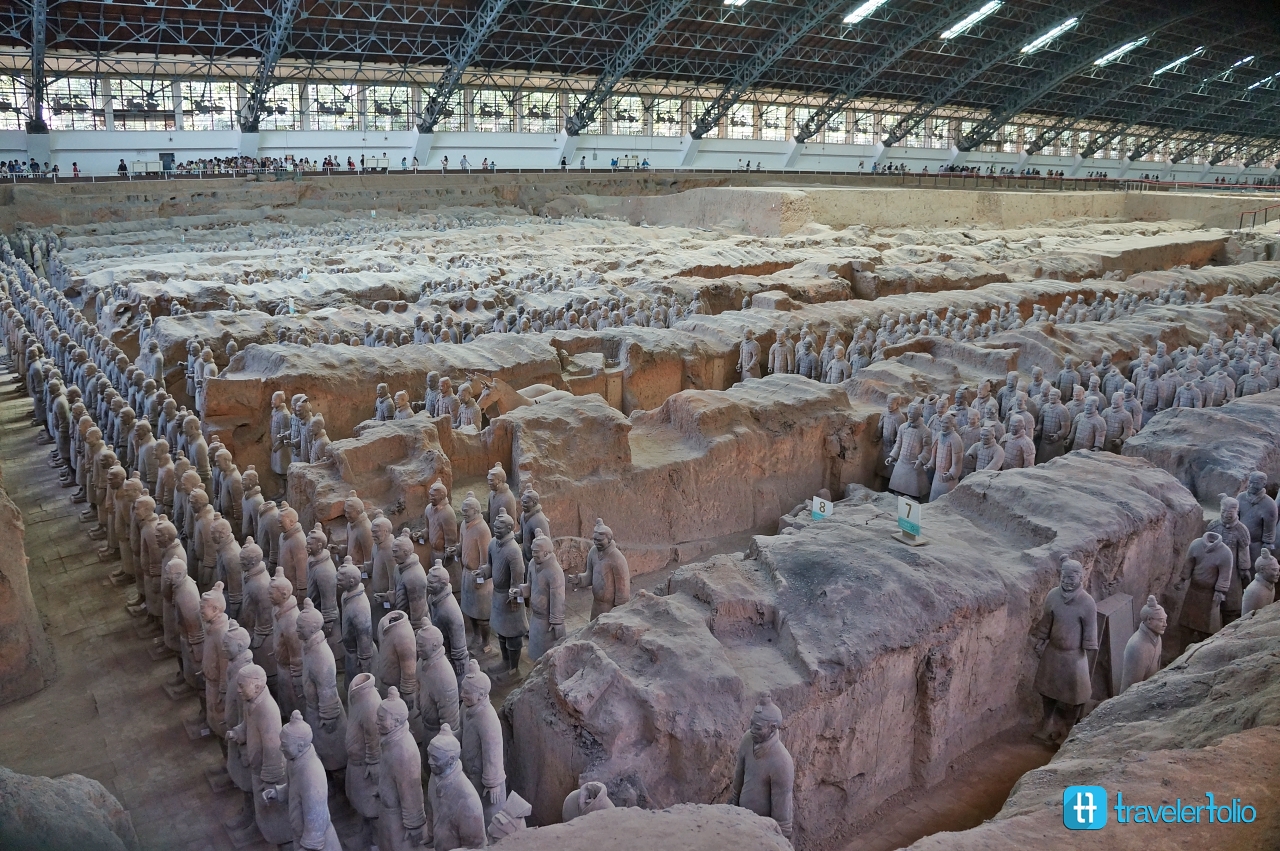
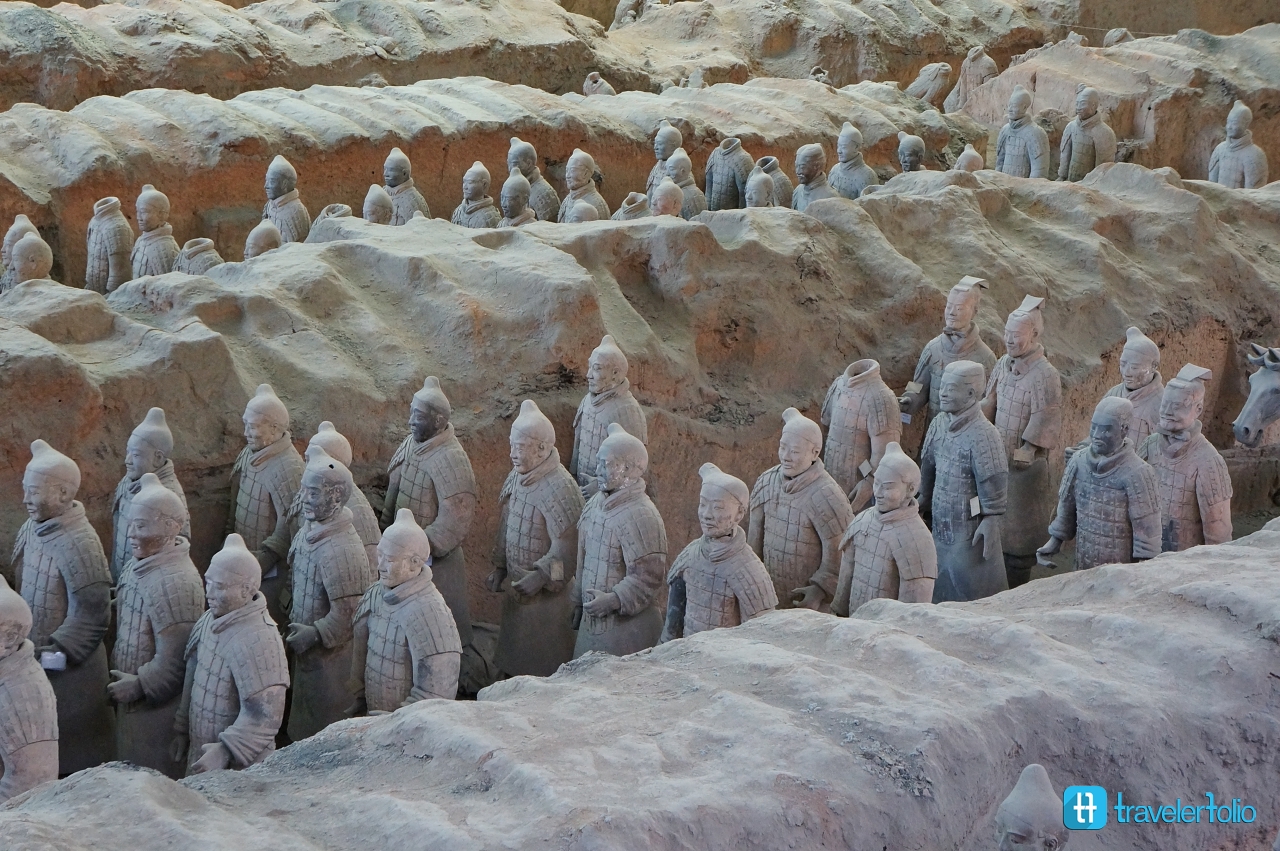
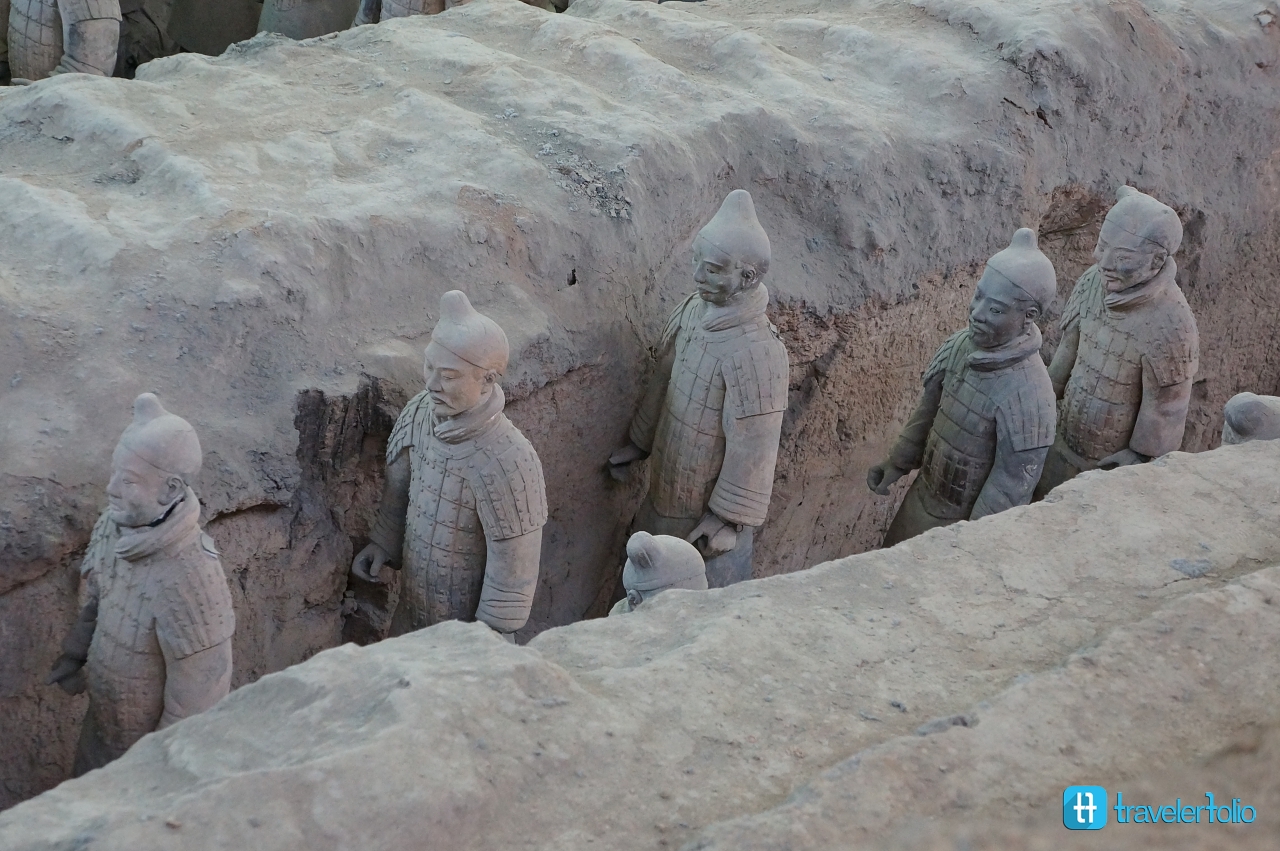
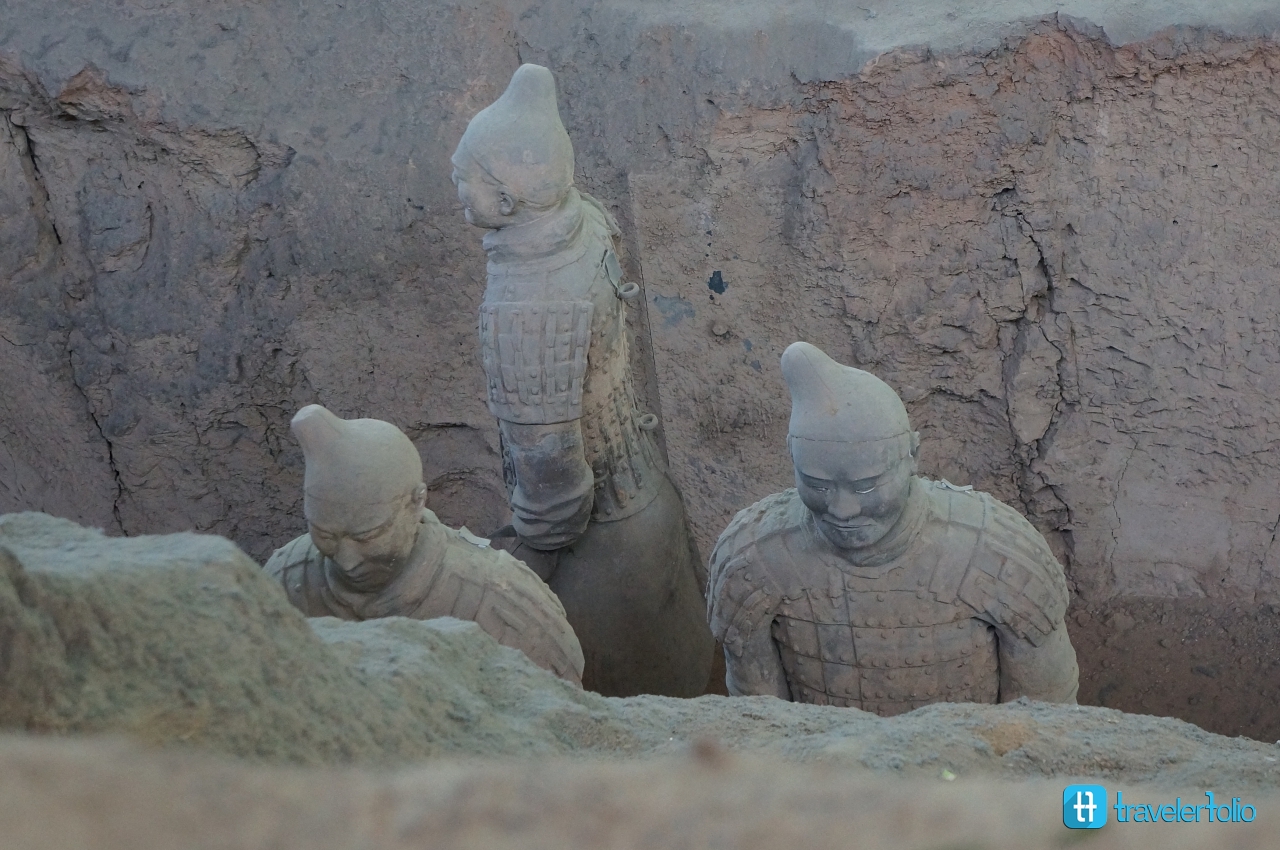
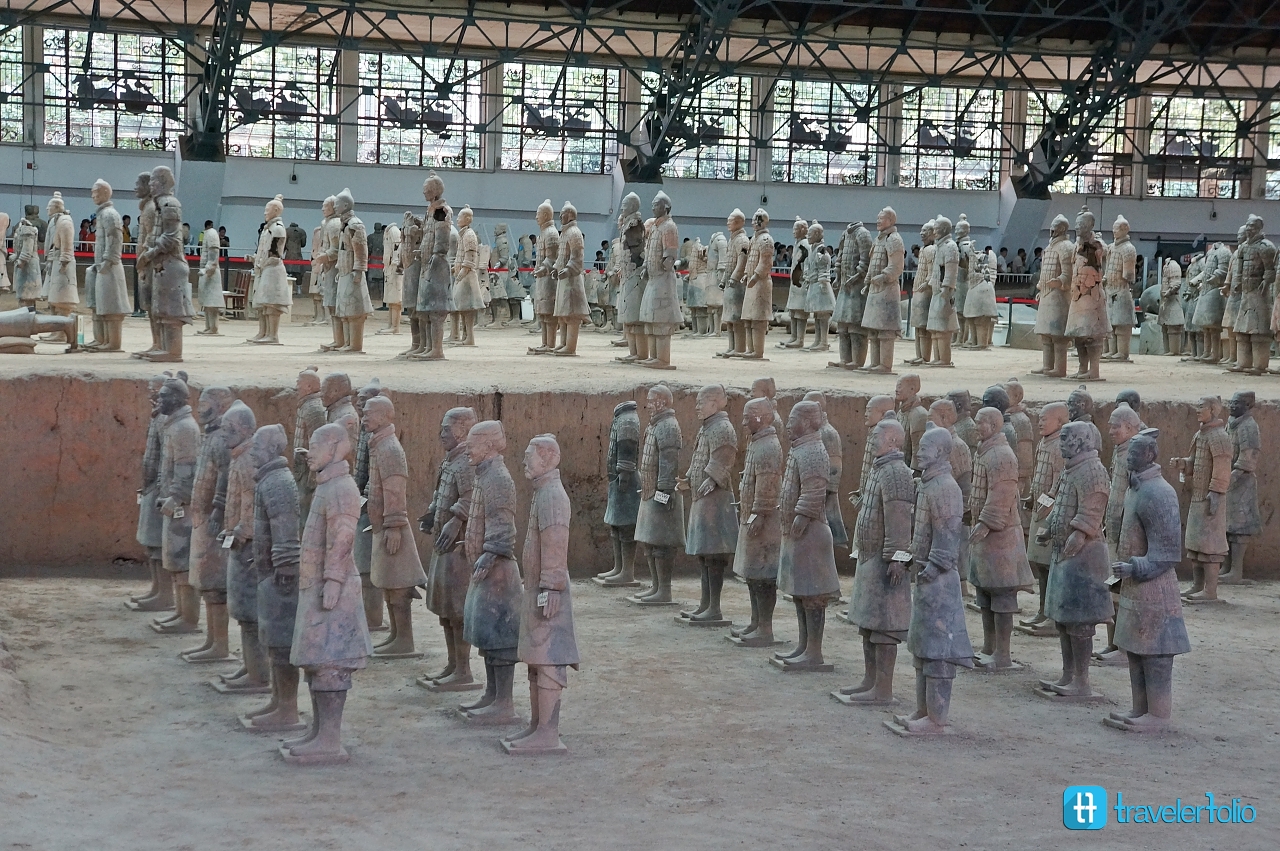
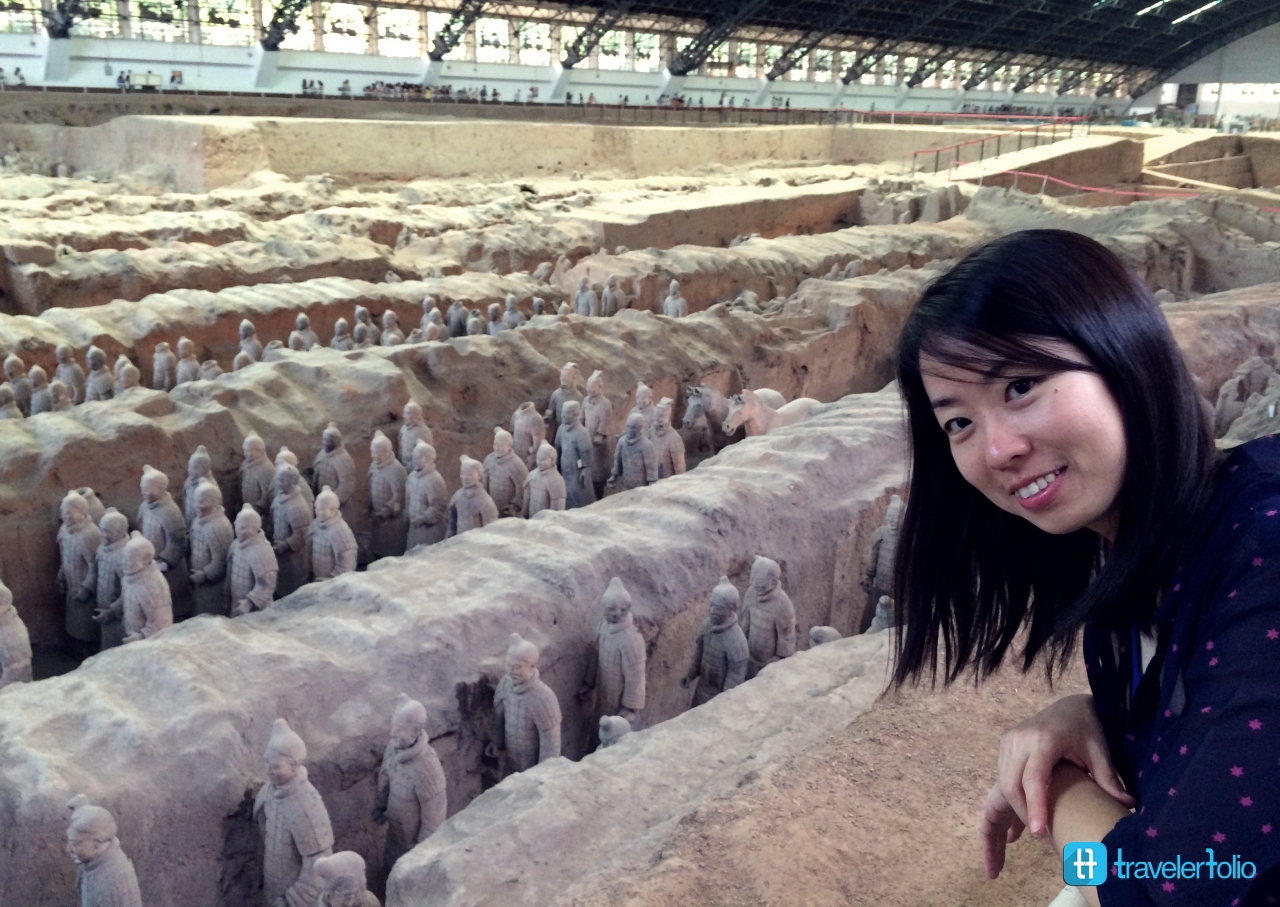
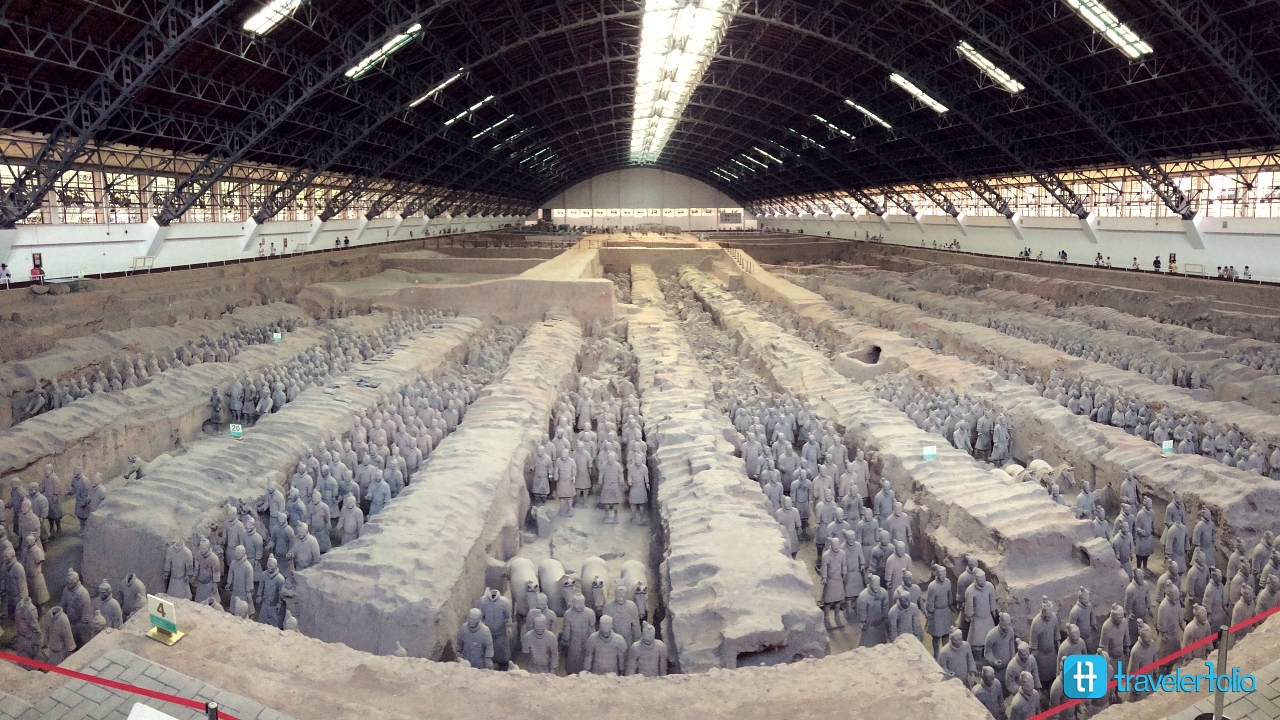
Cavalry, infantry units and chariots are displayed in Pit 2. Some of the figures have been restored from the fragments. For the missing weapons, it is suspected that Xiang Yu, the military leader who overthrew the dynasty, looted and burnt the site, causing the roof to collapse and crush the figures.
Displayed in the showcase, the Kneeling Archer is believed to be the most valuable of the Terracotta Army as it is one of the rare ones in well-preserved condition, with clearly visible details and colour pigments on the sculpture.
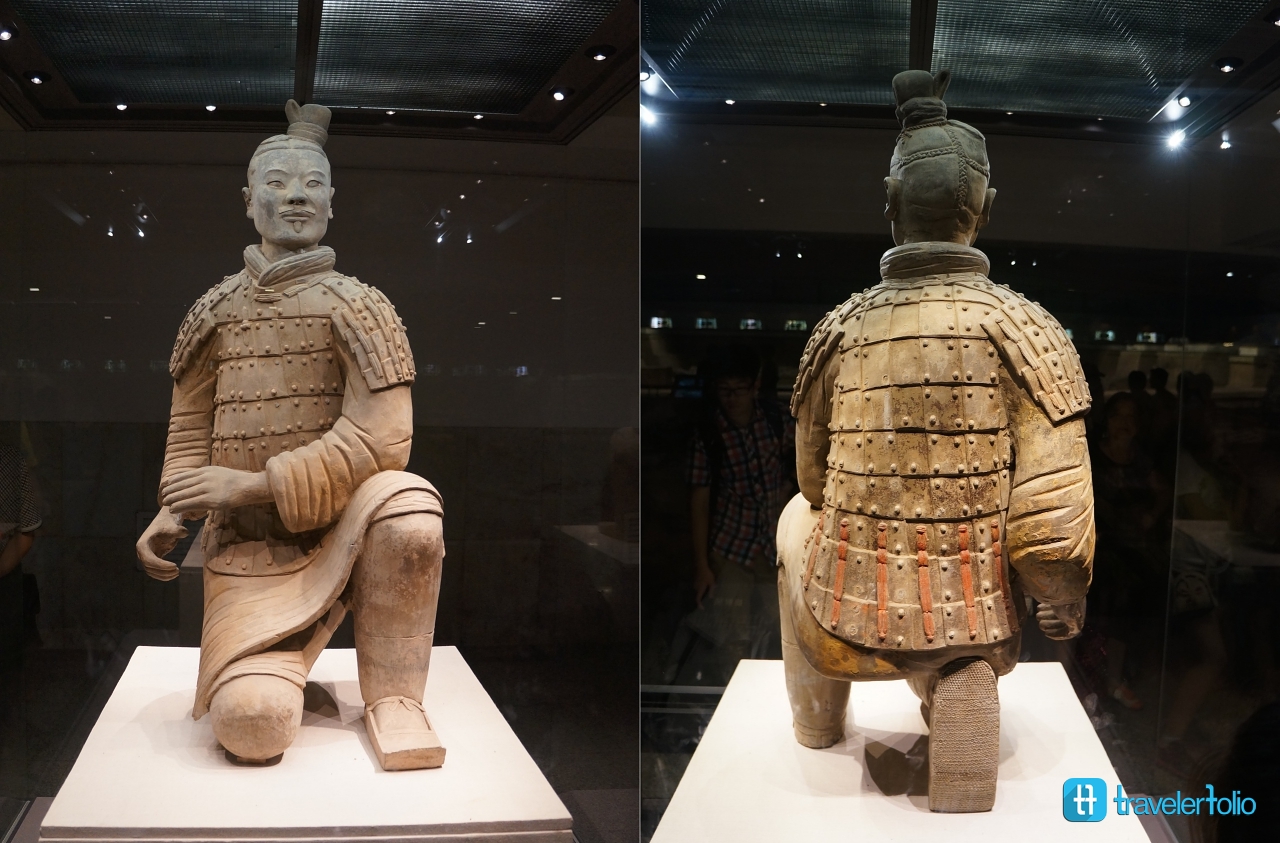
The facial expression of the “Standing Archer”.
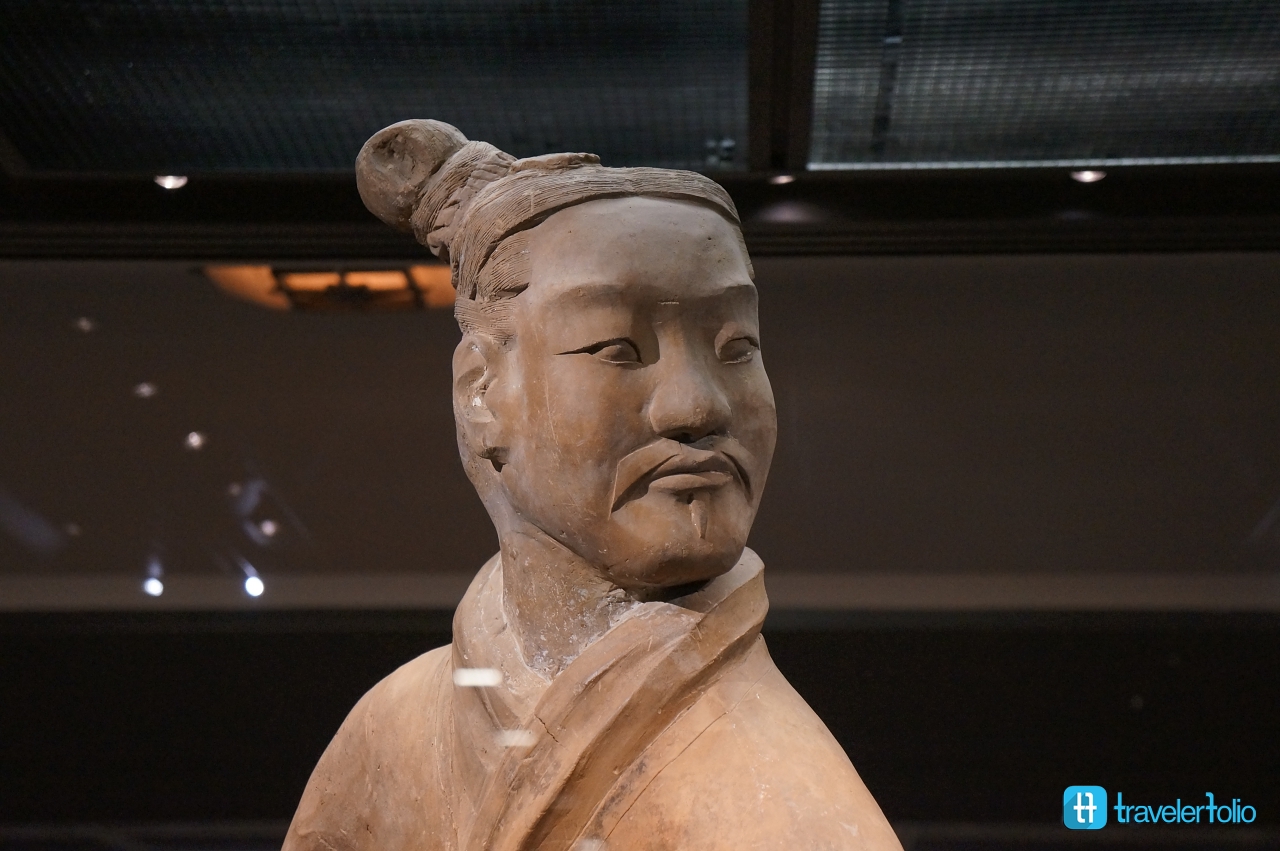
The Middle-ranking Officer (left pic) and the High-ranking Officer (right pic) have different dress codes.
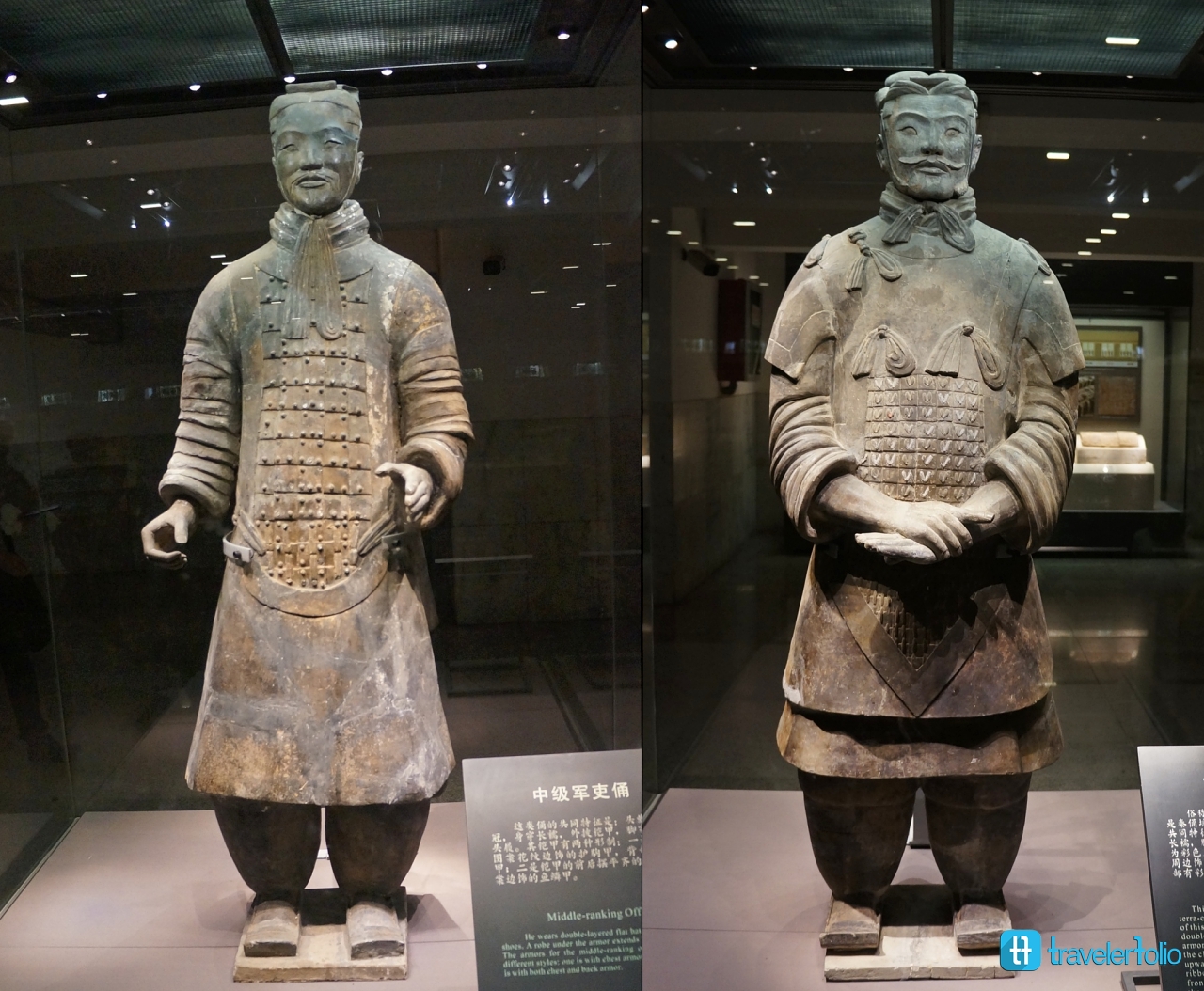
The three underground pits (Pit 1, 2 and 3) are about 5-metre beneath the present ground level with the Terracotta figures placed in corridors.The roof and sloping roadways were constructed to totally concealed the Terracotta Army.
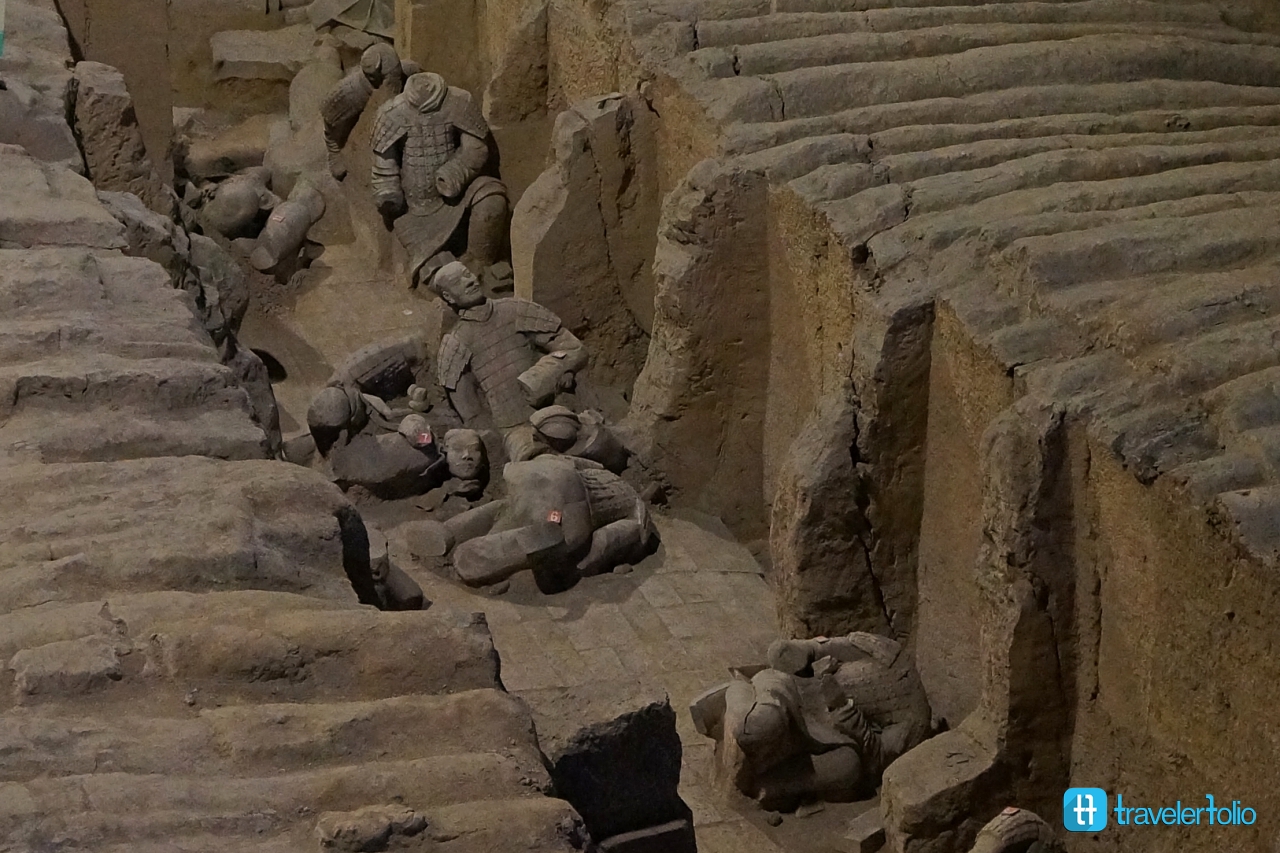
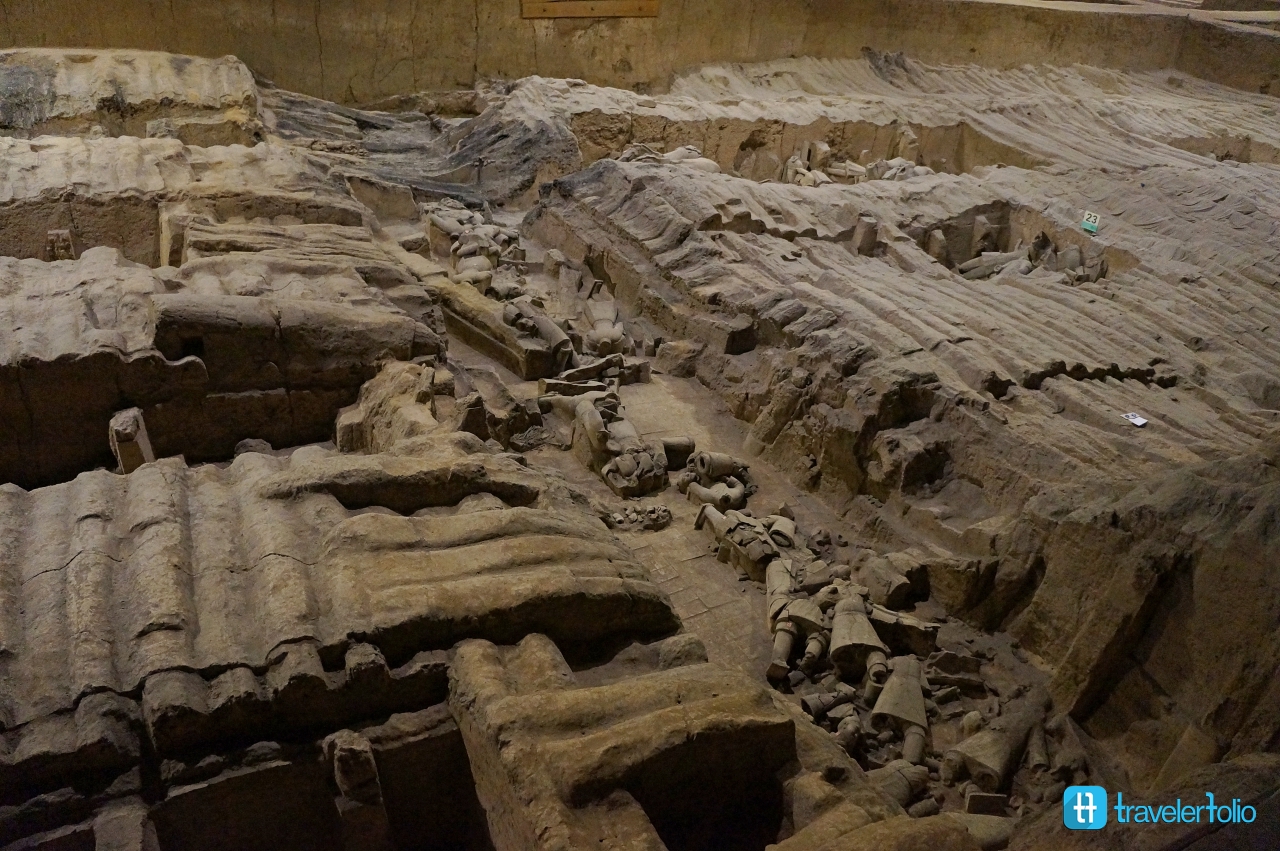
Pit 3 appears to be the command centre and houses high-ranking officers, warriors, horses and a war chariot.
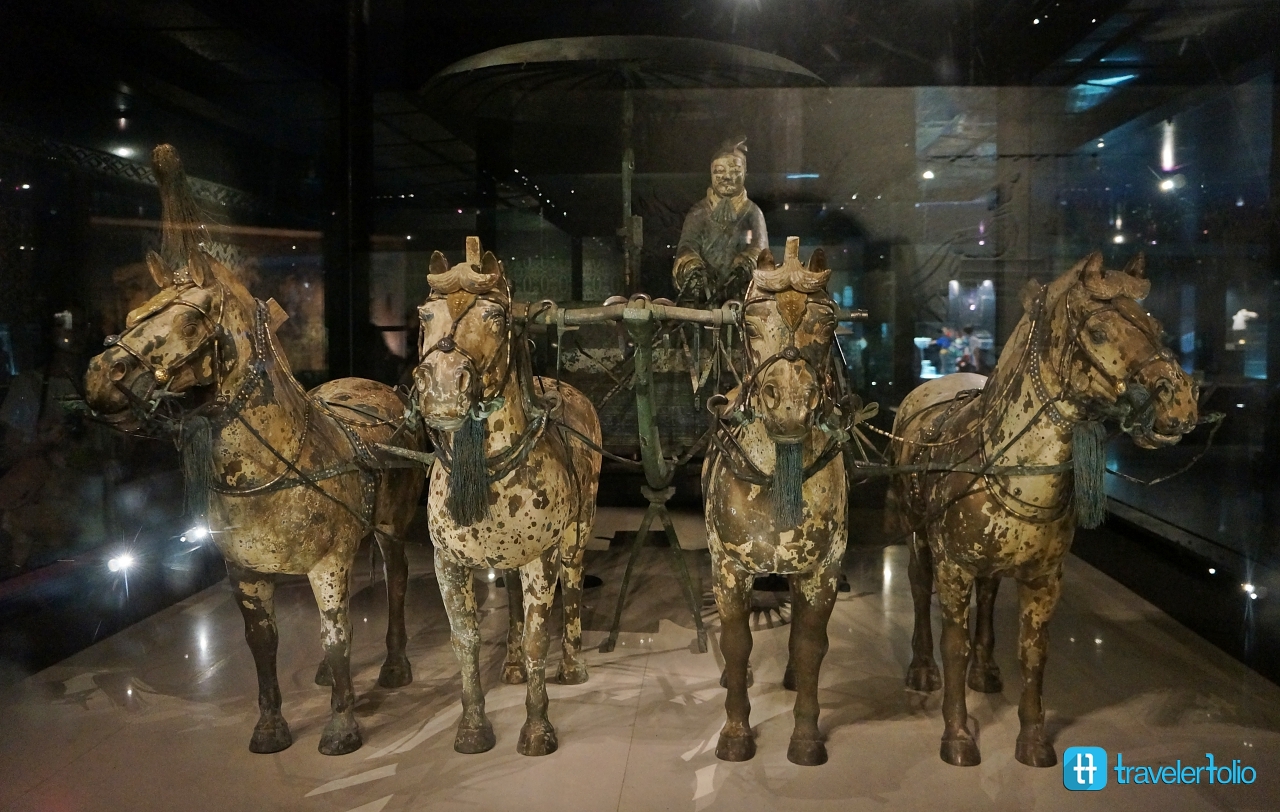
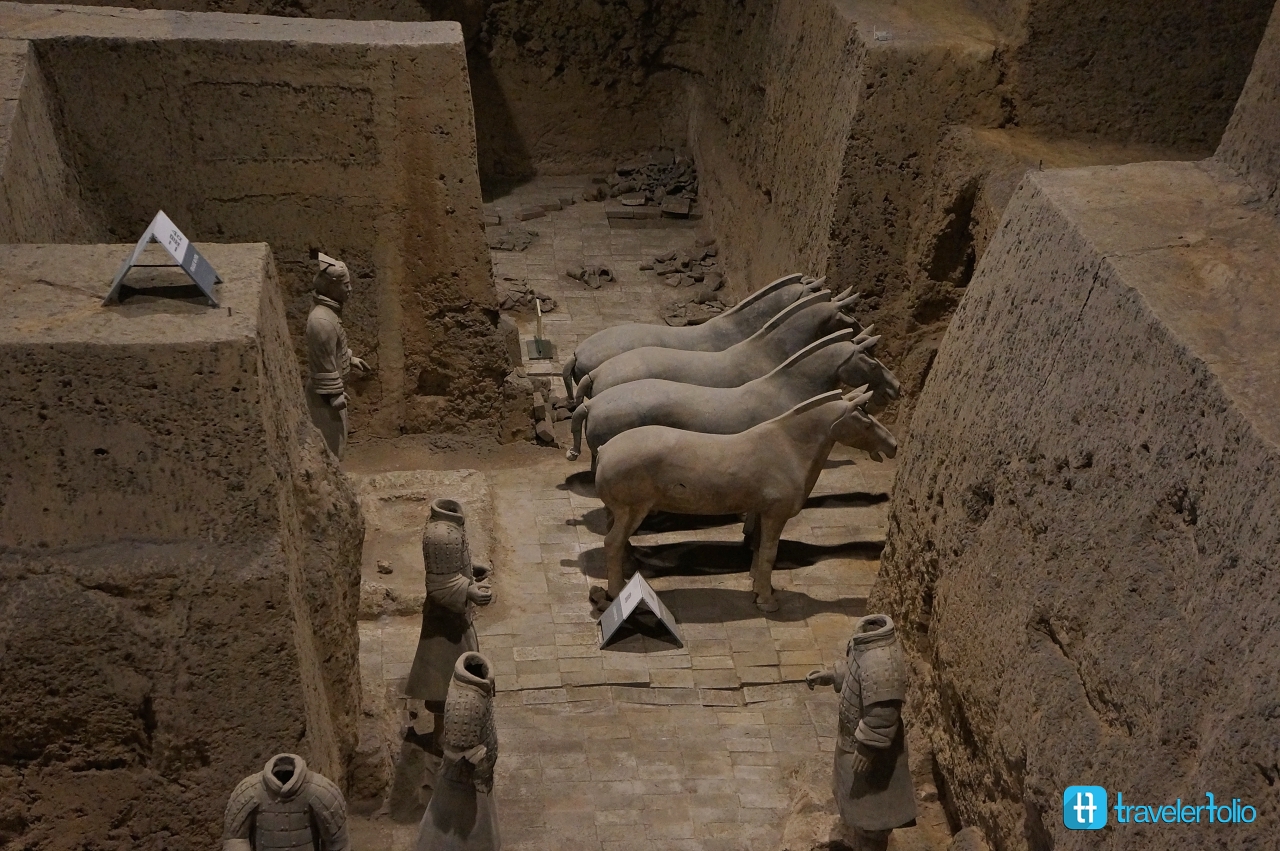
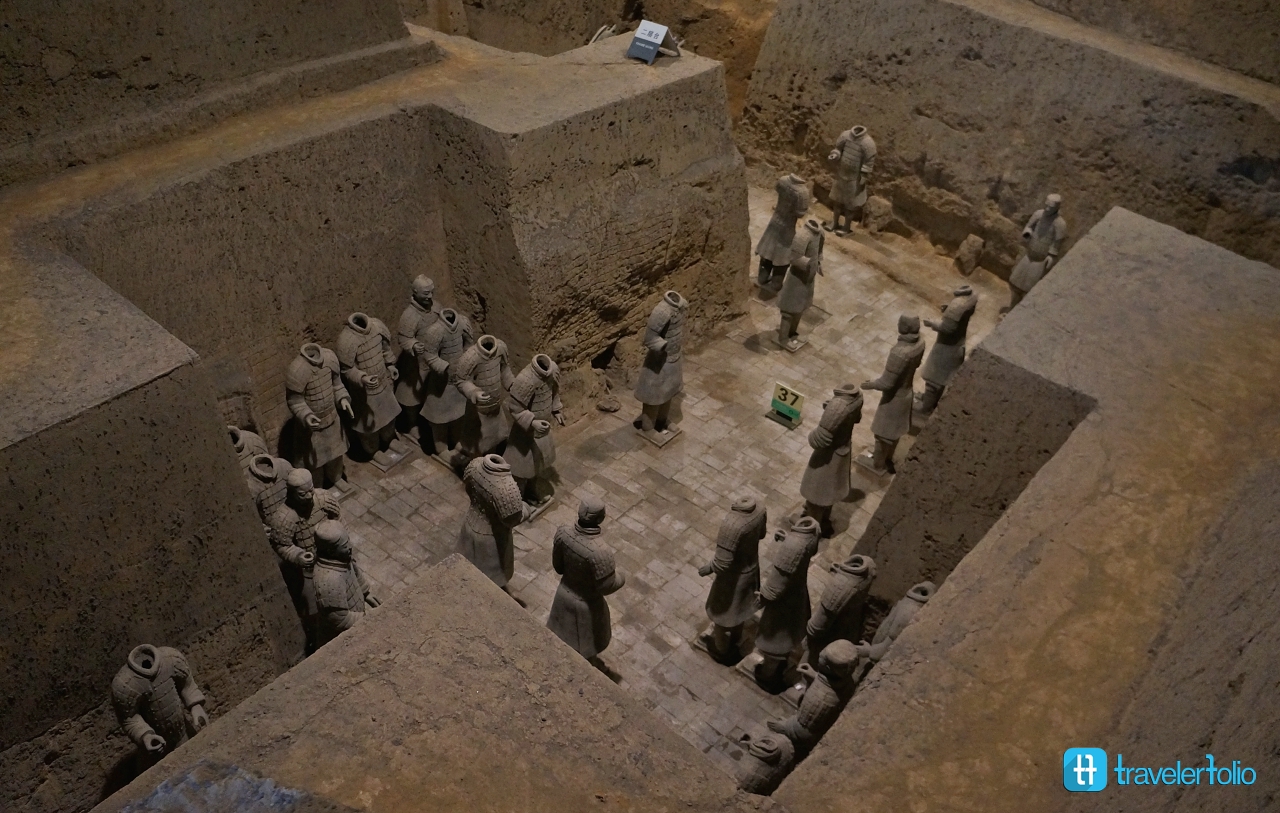
Coming face to face with the majestic Terracotta Army, it was truly a mind-blowing experience to enter the necropolis of the first emperor of China, the most powerful ruler with the strongest army during the Warring States Period, who unified China economically, standardized written Chinese characters and built the first Great Wall of China. The “Eighth Wonder of the World” is a must-see on the bucket list.
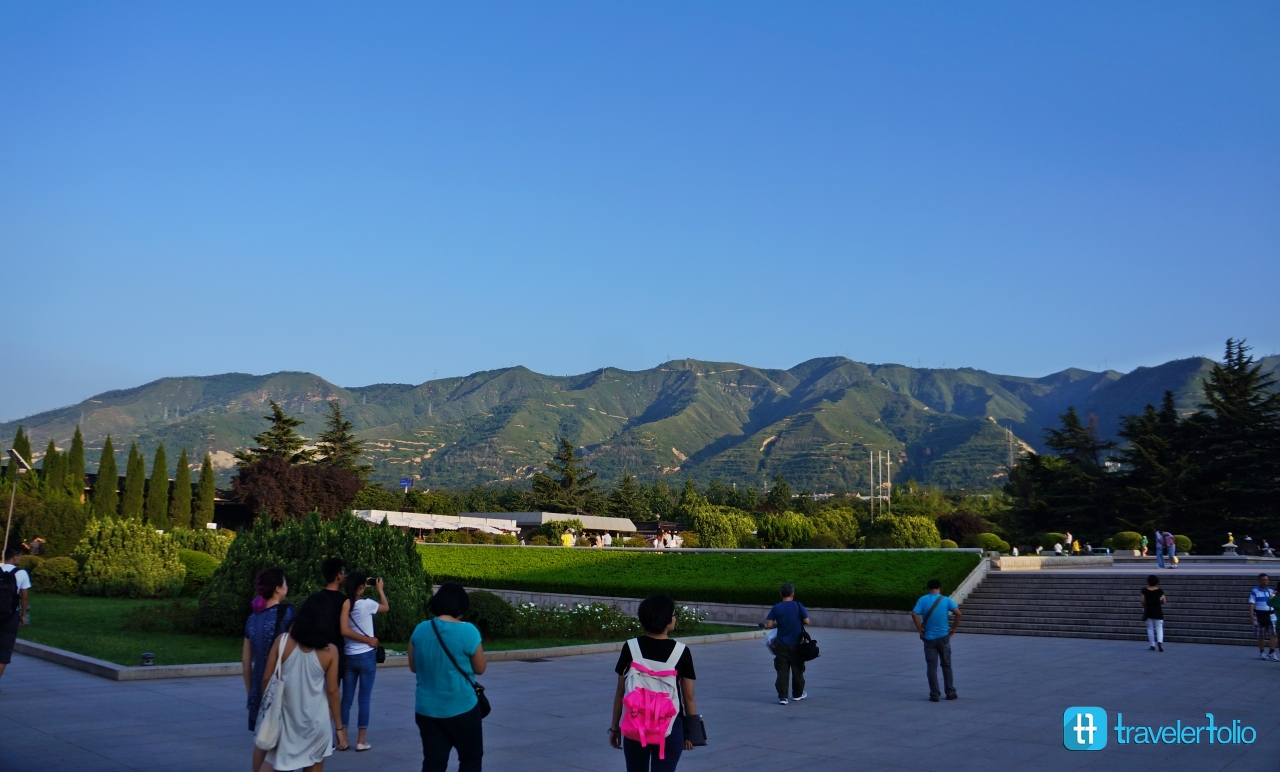
Stay tuned for more on Xi’an

Leave a Reply